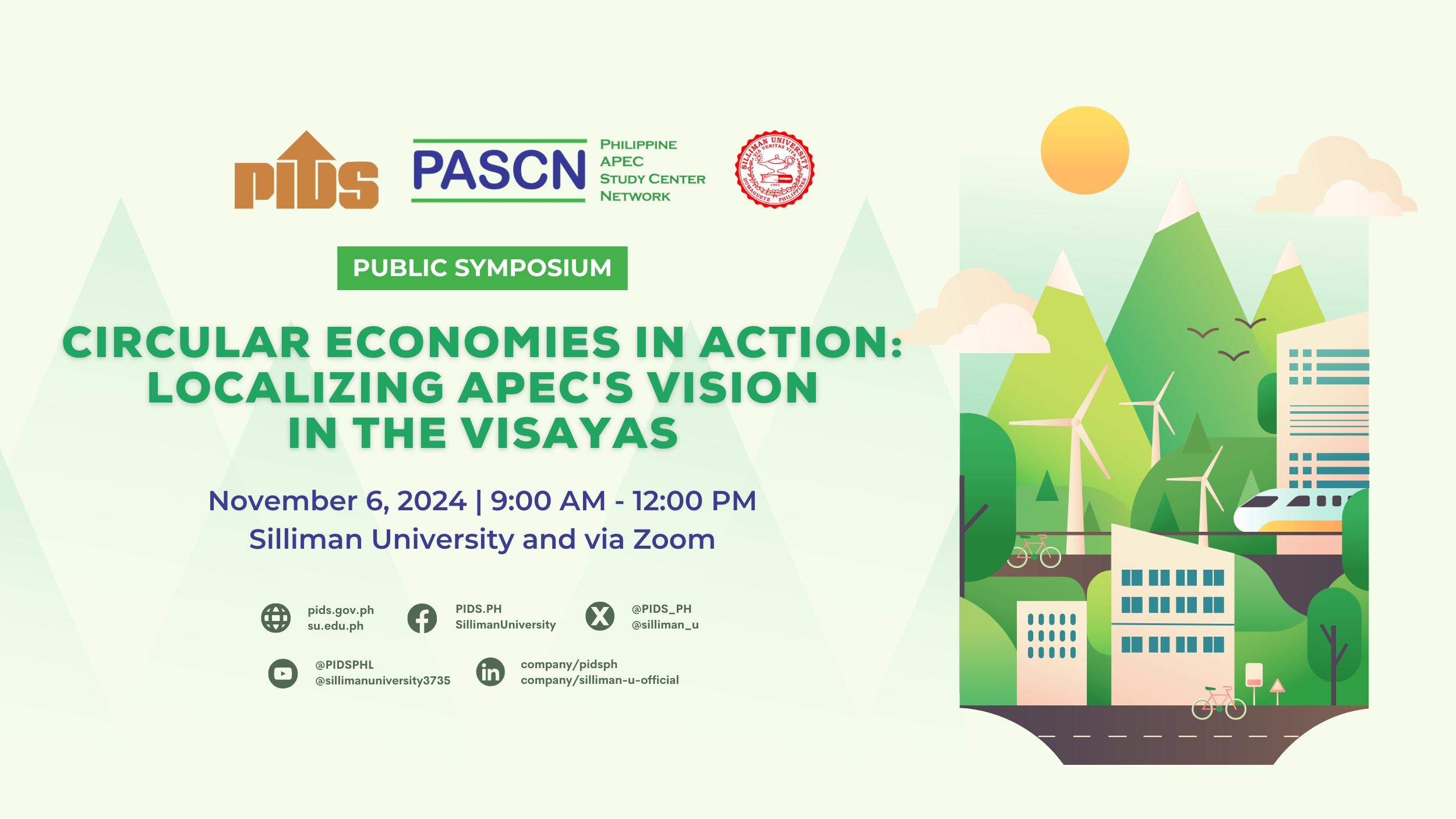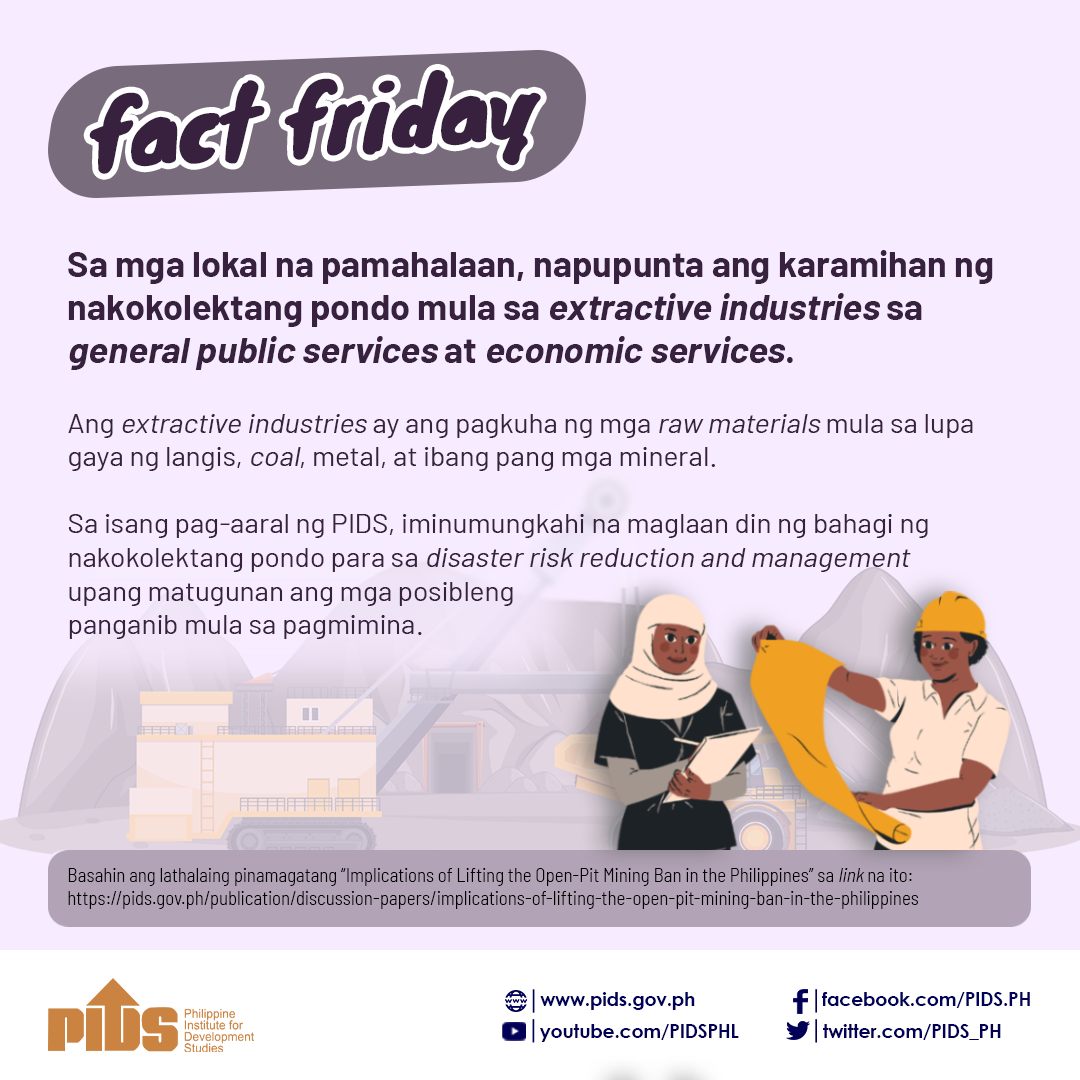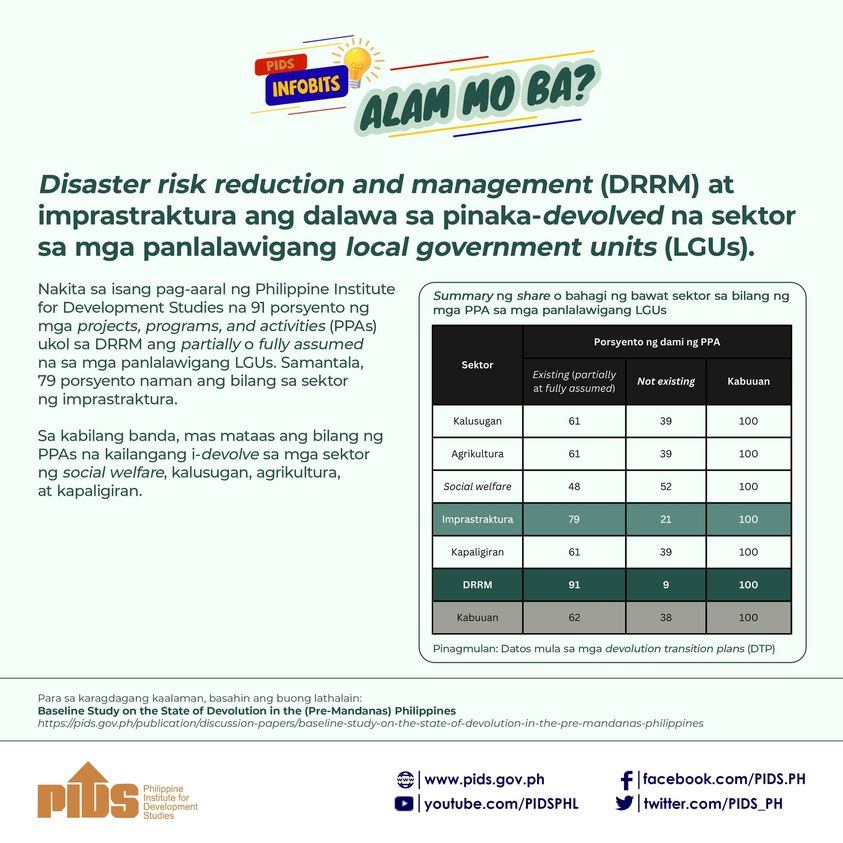Protecting small and medium enterprises (SMEs) from disasters is key to achieve inclusive growth for member states of the Asia-Pacific Economic Cooperation (APEC), a senior research fellow at state think tank Philippine Institute for Development Studies (PIDS) said.
"SMES are more vulnerable (than large enterprises) because they have limited coping mechanisms" said Marife Ballesteros during her presentation at the APEC Study Centers Consortium Conference 2015 held on May 12-13 in Boracay, Aklan Province.
"SMEs usually have no or limited disaster insurance and limited access to credit, and most of them have no business continuity, emergency management, or disaster preparedness plans," Ballesteros added.
SMEs are considered engines of growth and employment in the APEC region, the researcher noted in a statement released on Monday. Over 97 percent of businesses in APEC are SMEs, which provides jobs to more than half of the workers in the region.
APEC’s 21 member-economies account for 52 percent of the earth's surface and 59 percent of the world's population, but the region experience over 70 percent of global natural disasters that can compromise capital, supply chains, product markets, and labor; and in turn, business continuity and recovery.
To enhance the capacity of SMEs to resist, absorb, and recover from the effects of natural disasters in a timely and efficient manner, Ballesteros is pushing for cooperation to strengthen supply chain resilience in the APEC region.
She cited the business continuity plan of Albay province as a model for implementing disaster risk reduction and management (DRRM) for SMEs.
"The case of the provincial government of Albay best exemplifies innovative fund use and apt local governance," she said in her presentation.
One of the province's best practices is passing Special Proclamation Resolution 2007-04. It stipulates that all businesses established in the province be consistent with climate change adaptation.
The local government unit of Albay encouraged local businesses to develop contingency and continuity plans based on vulnerability and hazard maps as well as land zoning.
No operational plans
Ballesteros also gave an assessment of the DRRM of the Philippines where approximately 98 percent of all enterprises are micro to small.
She noted that the country has a well-developed policy framework and action plans for DRRM. But the strategy has not been effectively translated into local and business plans.
"The DRRM plans of the Philippine government are operationalized primarily for search, rescue, evacuation, and relief operations. Restoration of economic activities is handled only in the medium- to long-term as part of the rehabilitation efforts. There are also no strategic programs to operationalize action plans for SMEs and no small business development centers to address disruption and needs," she explained.
She pointed out the country has insufficient recovery funds as well as available loans and grants for farm-based and urban-based small industries.
Ballesteros highlighted the absence of specific policies for workers' protection in times of calamities. She said it is important not to neglect employees during a disaster.
"Resilient supply chain begins with resilient citizens and employees and it is a concern of both business and government," she said.//












